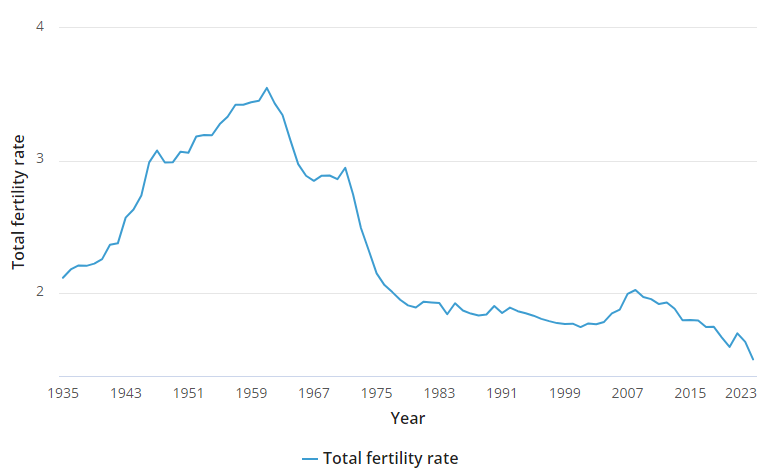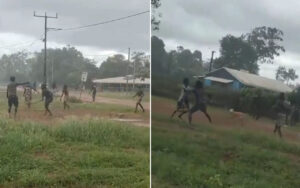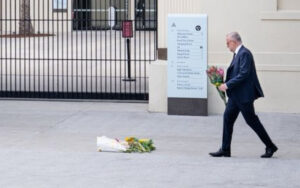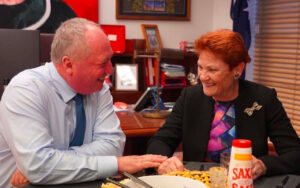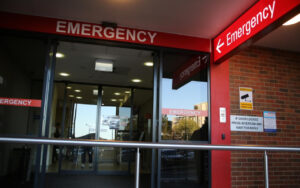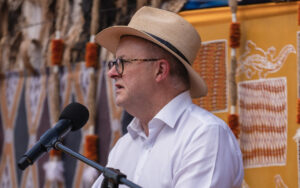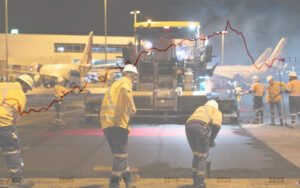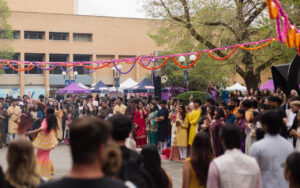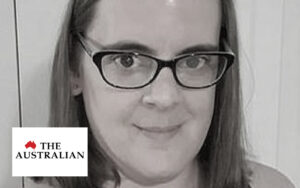Australia’s total fertility rate has fallen to a record low despite massive population growth during the same period, official government figures show.
According to the latest data from the Australian Bureau of Statistics (ABS) there were 286,998 births registered in Australia in 2023, resulting in a total fertility rate (TFR) of 1.50 babies per woman, down from 1.63 in 2022 and far below the replacement level of 2.1.
More than one-third (100,011 or 34.8%) were born to foreign mothers, including 16,593 to those from India, 8,650 from China, Hong Kong and Taiwan, 7,420 from New Zealand, 6,986 from the United Kingdom, and 5,158 from the Philippines. 7,153 were born to sub-Saharan African mothers.
Lebanese mothers had the highest TFR with 3.21, followed by sub-Saharan African countries other than Kenya, Mauritius, South African and Zimbabwe on 2.51, Pakistan on 2.5, Bosnia and Herzegovina on 2.41, and Samoa on 2.39.
Indigenous women had a much higher TFR of 2.17, and babies with at least one aboriginal or Torres Strait Islander parents made up 8.6% of births.
Tasmania had the only state-wise TFR increase – 1.49 to 1.51 since 2022, while Western Australia had the highest TFR (1.57), followed by New South Wales and the Northern Territory on 1.55.
The Australian Capital Territory had the lowest total fertility rate in 2023, with 1.31 babies per woman and just 6,102 births.
Beidar Cho, ABS head of demography statistics said on Wednesday: “The record low total fertility rate is because there were fewer births in most states and territories”.
“In 2023, the total fertility rate for mothers who were Aboriginal and Torres Strait Islander was 2.17 babies per woman. There were 24,737 births registered where at least one parent was an Aboriginal and Torres Strait Islander Australian, which makes up 8.6% of all births.”
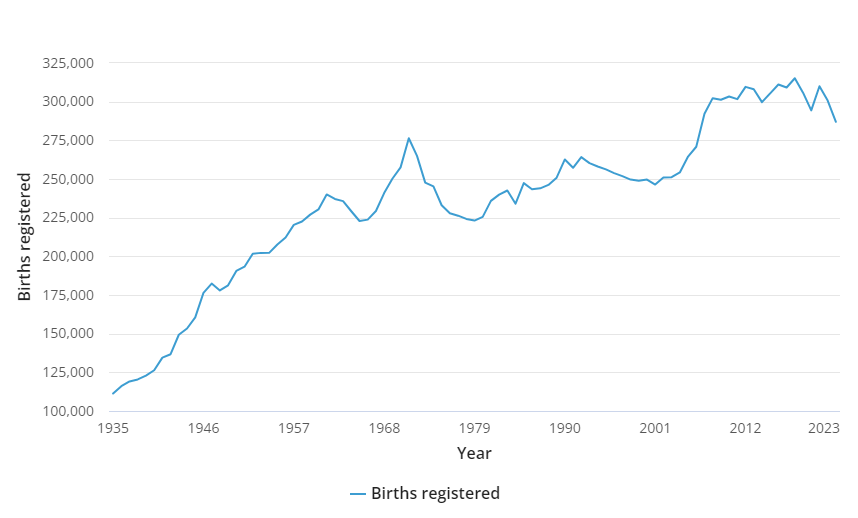
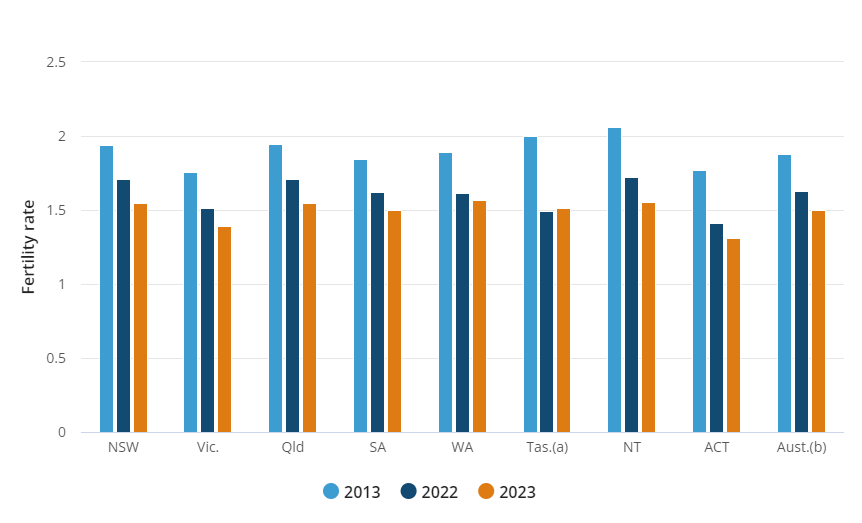
Australia’s TFR has been dropping slowly from 1.86 in 1993, with the most prominent decline in women aged 15 to 19, followed by those aged 20 to 24. The age-specific fertility rate of women aged 40 to 44 doubled, and the highest rate is in the 30 to 34 age bracket, followed by women aged 25 to 29.
“The long-term decline in fertility of younger mums as well as the continued increase in fertility of older mums reflects a shift towards later childbearing. Together, this has resulted in a rise in median age of mothers to 31.9 years, and a fall in Australia’s total fertility rate,” Ms Cho said.
ABS data from last month showed that Australia’s population grew by 2.3% to 27,122,411 in the year to March 31, 2024, an increase of 615,300 people.
Net overseas migration was responsible for 83% of the growth, while births made up the other 17%.
Annual net overseas migration in the year to March 2024 was 509,800 people, down from a peak of 559,900 in September 2023.
A total of 718,400 people immigrated to Australia, an increase of 11,800 (1.7%), while departures decreased by 6,100 people (2.8%) to 208,700.
Header image credit: Australian Bureau of Statistics
